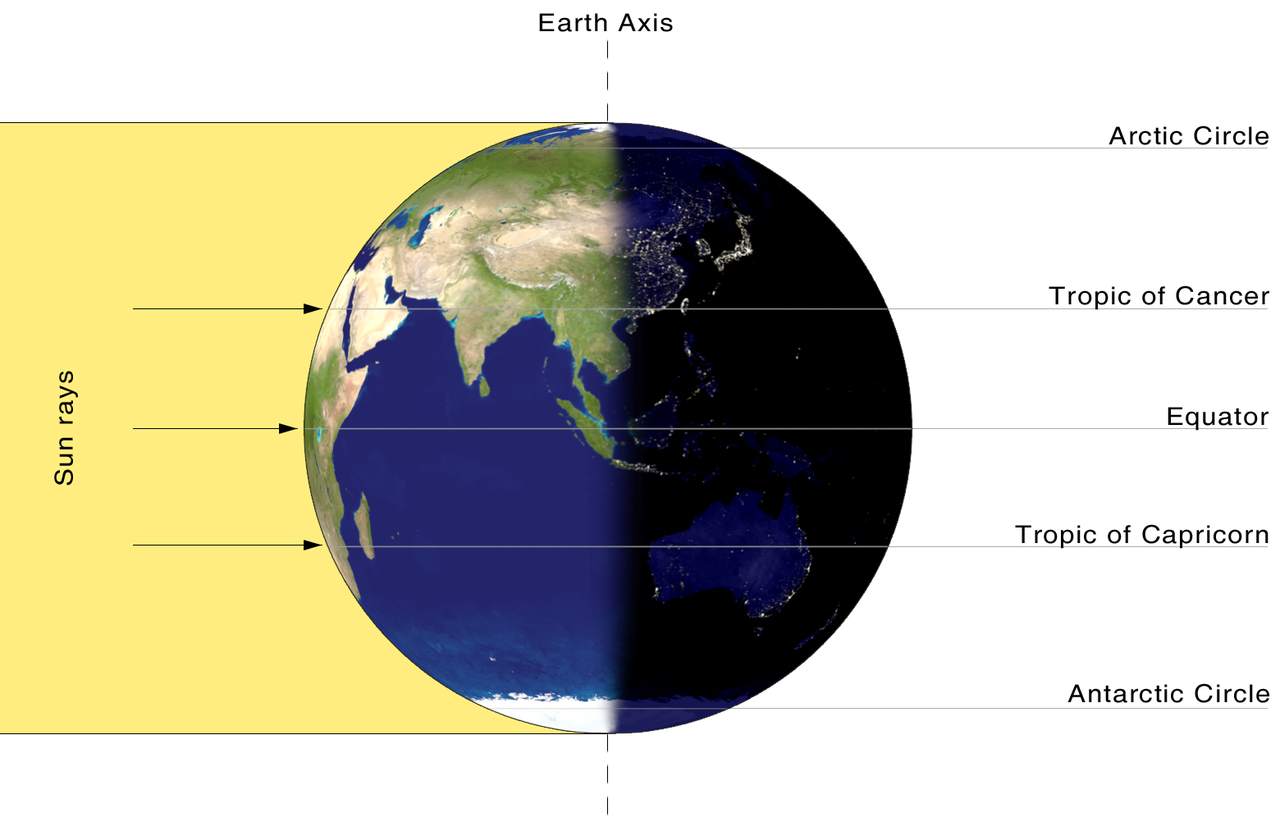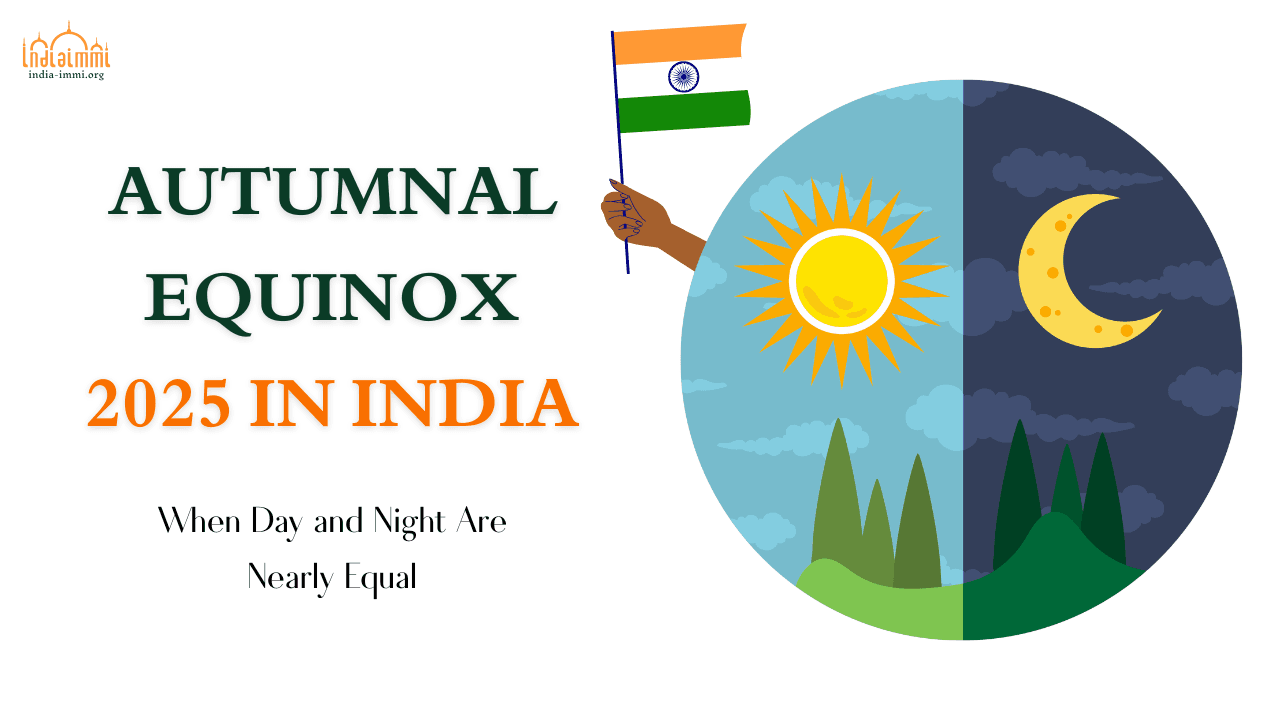Every year in September, millions of astronomy enthusiasts around the world turn their attention to a special moment - the Autumnal Equinox. This is when the Sun crosses the celestial equator, marking the start of autumn in the Northern Hemisphere and spring in the Southern Hemisphere.
In 2025, this event will occur at 23:49 IST, Monday, September 22, 2025, in New Delhi time. For travelers in India around this period, the equinox is not only a scientific concept but also a fascinating experience tied to nature, traditional calendars, and cultural perspectives.
What is an Equinox?
The term equinox comes from the Latin words “aequus” (equal) and “nox” (night). It refers to the day of the year when the Sun is positioned directly above the celestial equator, making day and night approximately equal in length worldwide.
In the Northern Hemisphere, the Autumnal Equinox signals the official end of summer and the beginning of fall. Conversely, in the Southern Hemisphere, it marks the start of spring - the Vernal Equinox.

Illustration of the equinox phenomenon, source: Internet
Exact Timing in New Delhi
-
Equinox moment: 23:49, Monday, September 22, 2025 (IST - India Standard Time).
-
Sunrise/Sunset in New Delhi on Sept 22: sunrise at 06:09, sunset at 18:17.
-
Day length: ~12 hours 08 minutes (not exactly 12 hours).
Interestingly, although it is called “equal day and night,” in reality, daytime is still a few minutes longer than night. This is due to atmospheric refraction and the way sunrise/sunset is measured at the edge of the Sun’s disk, not its center.
For those who want to witness a true balance of day and night (called Equilux), visitors in Delhi will need to wait a few more days. Based on astronomical calculations, around September 27, 2025, daytime will shorten to about ~11 hours 59 minutes - nearly an exact “12-12.”
What Will You See in India?
For tourists, the equinox is not just an astronomical number. It is an opportunity to directly observe nature’s rare balance:
-
The Sun rises almost exactly in the East (azimuth ~89-90°).
-
The Sun sets almost exactly in the West (~270°).
In New Delhi, if you stand on straight streets on the afternoon of Sept 22, you may see the Sun setting right along the road’s axis - like a small “Delhi-henge,” perfect for photography.
The Difference in the Hindu Calendar
Beyond its astronomical meaning, in India the equinox also carries cultural and religious significance. Some traditional calendars, like the Drik Panchang, distinguish between:
-
Sharad Vishuva (astronomical equinox) - based on the Sun’s actual position on the celestial equator.
-
Tula Sankranti (Sun entering Libra in sidereal astrology) - marked according to the Hindu calendar.
Due to the phenomenon of precession (ayanāṁśa), the two reference systems differ by about 24°, leading to a “phase shift.” In 2025, Tula Sankranti falls on October 17, 2025, nearly a month later than the astronomical equinox.
This reflects the richness of Indian culture: the same solar phenomenon can be interpreted and applied in diverse ways depending on the calendar system.
Conclusion
The Autumnal Equinox 2025 in India occurs at 23:49 on September 22 (IST) - an event marking nature’s seasonal change, holding special value for both travelers and locals. From New Delhi streets where the Sun sets right along the road axis, to the fascinating differences between astronomical and Hindu calendars, this is a moment not to be missed.
If you are planning to explore India this coming fall, start preparing your journey now. And don’t forget - to enjoy every wonder, you’ll need a valid visa.
👉 Apply for your India e-visa quickly, safely, and conveniently at India-immi.org. Discover India - a land of celestial wonders and vibrant culture - beginning with your electronic visa!











